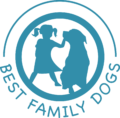|
Getting your Trinity Audio player ready...
|
Many of my social media fans are happy to adopt usually high-energy, active dog breeds. One of the biggest issues recently brought up in our forums is the new owners’ concern that the rescue dogs have no interest at all the new and exciting dog toys that are waiting for them at this new, welcoming home. If your rescue dog has no interest in toys, you are not alone.
Environmental Socialization
Unfortunately, it’s human nature to think that new toys for a new dog who may have had a troubled past would be soothing and fun. However, the reality is that many of these dogs have never played with toys. And playing comes from socialization and experience. When you think about getting a new puppy it almost seems like playing is an instinct, but it is not, puppies learn play through socialization.
When you first get a new puppy, YOU show them the toys, you encourage play based on mutual interactions, the pleasurable engagement between you are your dog promotes the want to play, and learn, and conditions the dog to realize how fun playing is!
Often times with a rescue you are taking in an older dog past that key time in puppy development. So their brains have not learned how to play. Pleasurable and fun interaction may be very foreign to them. You need to go back to basics and retrain their brains how to play. That this is supposed to feel fun, it is supposed to feel enjoyable.
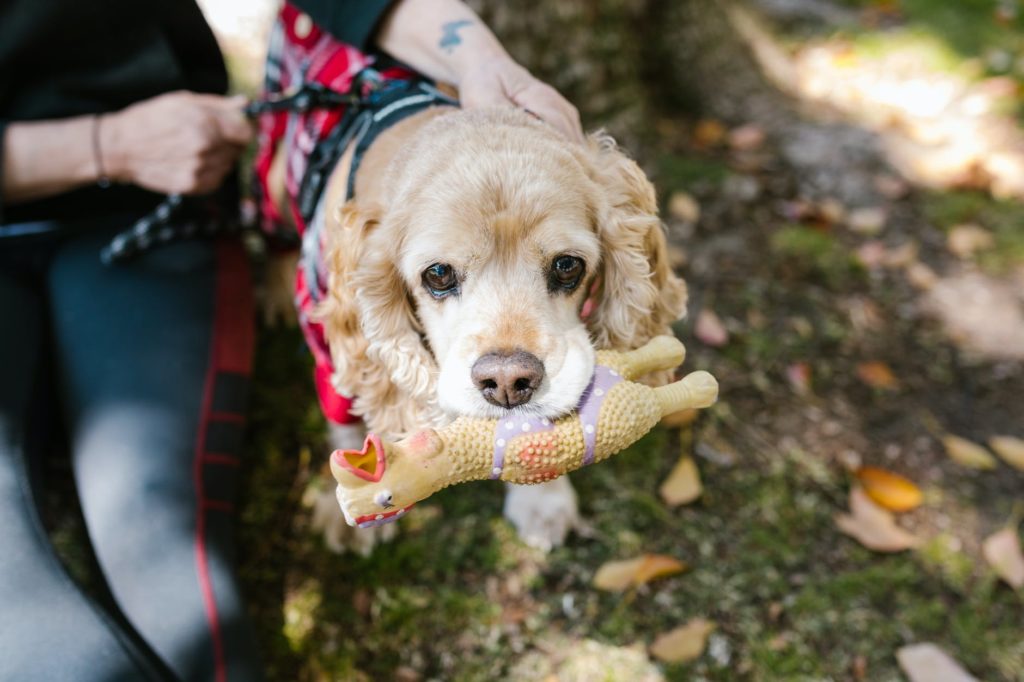
Tips to Socialize Rescue Dogs to Toys
Remain calm and give your dog lots of time
Typically this can take many days or many weeks, depending on the dog’s past and how long they have been in their new environment. It also will depend on the dog’s age. A younger dog will likely adapt a little faster. To start, keep your focus less on your idea of “successful toy play”, just focus on creating a caring, safe, inviting, comfortable environment; you will find it rewarding to watch your dog’s personality reveal itself.
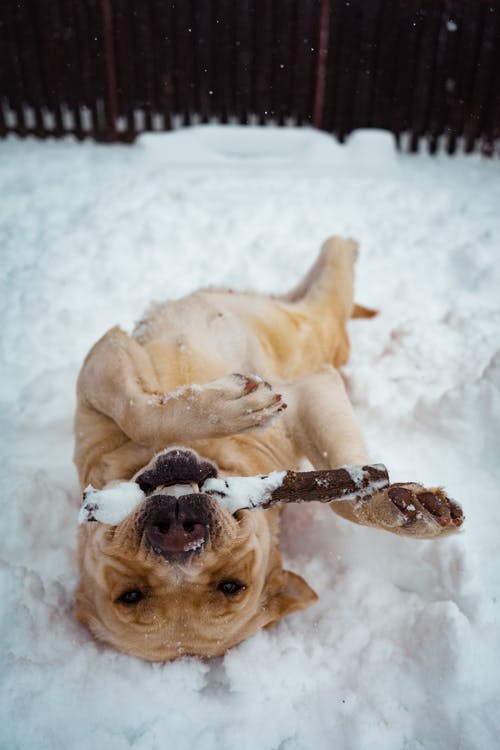
Watch Your Dog’s Personality Reveal Itself and Get Creative
Once you start to learn about your dog’s personality by observing what they like, use their interests to spark creative play. Many high-energy active breeds like to forage, seek and find, explore trails, challenge their agility abilities. Go for a trail walk and participate when they find a fun stick, throw it for them, or hide it and encourage them to find it.
Have fun too, jump over a rock or a log, and see if they eventually try to do it too! This play is free, fun and gets you and your dog outside and active with each other.
You are now playing with the natural environment and showing them how to fully enjoy it. You are also subtly reinforcing the dog’s bond with you, strengthening your relationship.
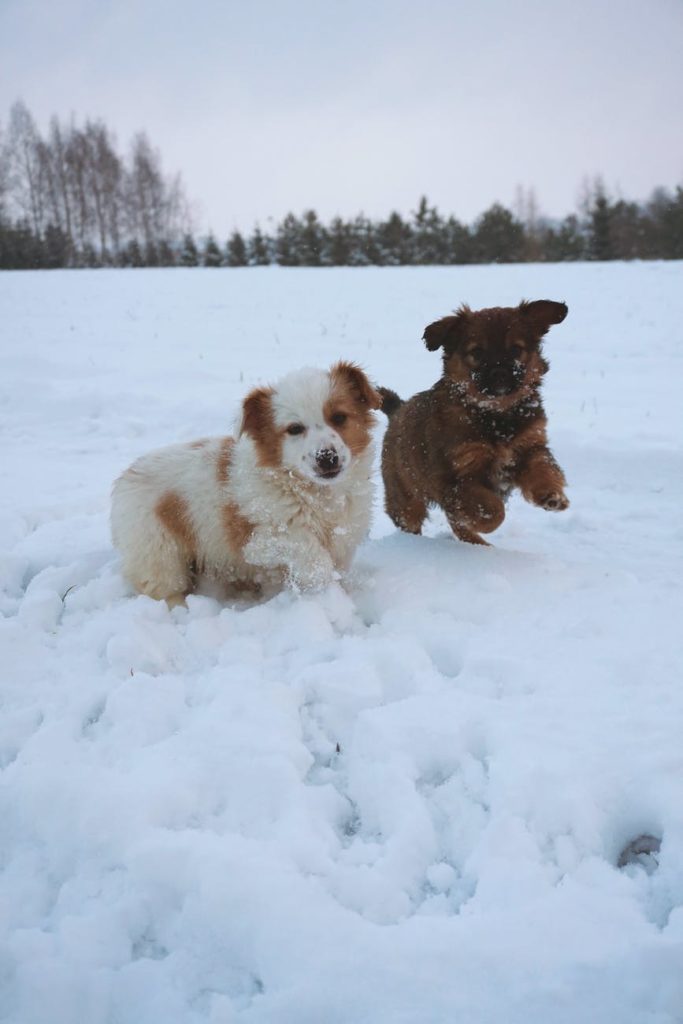
Socialize with Other Dogs Regularly
Find ways and places to let your dog be around other dogs. They learn a lot from each other, they also learn from observing other dogs. Going to the dog park once a month is not enough, try to make these opportunities 3 times a week or more. They learn positive things form their canine peers; they also learn not-so good -manners too, so your job as a dog-parent involves you being actively present even if your role is passive.
Commercialized Dog Toy Play
Most people will use this as criteria for success. Having a dog play with commercialized toys is what people interpret as a happy dog. Keep in mind dogs are happy exploring the outdoors and just being with someone who makes them feel safe and comfortable.
When it comes to commercialized toys, most people also want the cutest toys for their dog, or the long reward toys. Long reward toys are toys that encourage delayed gratification; they are also commonly referred to as “enrichment toys”. These may be fine for average dogs that have been “playing” since puppyhood. The problem with rescue dogs and cute toys is that they don’t know how to start the play with them, or they may just destroy them. Rescue dogs who do not know who to play, also do not understand long reward toys and will not take interest in them as the owner expects.
Commercialized toys can be fun for rescue dogs that are not used to them if you start with the right things. The best commercial toys for rescue dogs that do not play, are what I call graduated reward toys, and interactive toys or games where the owner cannot be passive, you must actively play with your dog.
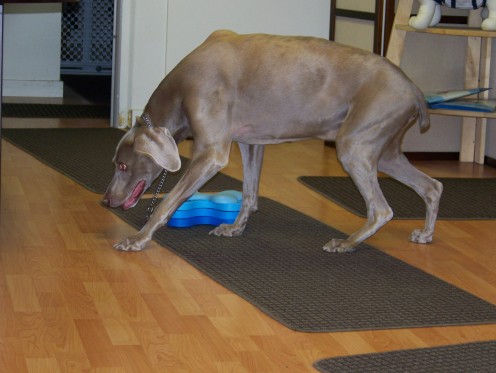
Use Frequent Reward Toys To Teach Play
Frequent reward toys give out treats throughout the play. Unlike the common Kong Toy which encourages release of a treat at the end, frequent rewards gives reoccurring treats and encourages the dog to continue and find more. Examples of this would be the snuffle mat and the puzzle bone toy. If you have a Kong Toy, using peanut butter, if allergy is of no concern, is a creative way to transform a long reward toy to a frequent reward toy.
Interactive toys such of tug-of-war or other pull toys make good toys where you have to be involved and play with your dog. Actively playing with your dog shows your dog how to play with people and encourages happy feelings for both of you. Having fun together is important to developing a lasting relationship!
You may one day achieve a point where your dog who did not understand toys can eventually play passively with toys. That means the dog will play without you being involved. Just take this journey one step at a time and praise small progress.
Conclusion
Getting a dog to play with commercialized toys is a human expectation of fun. However, dogs “play” in all sorts of ways which they find just as rewarding. Here are some tips to encourage your high-energy rescue dog to play with commercialized toys if they are not interested at first. Also, know that you are not alone. Many dogs brought to new homes form shelters need play socialization. Your choice to adopt a dog that needs you, proves you have the patience and commit to helping them live their best life!
DISCLAIMER: Snuffle Mat and Puzzle Bone Toy are third party links that re-direct to Amazon.com. Snuffle Mats retail for 16$ USD and Puzzle Bone Toy 9$ USD. Amazon will manage shipping and returns. Best Family Dogs does not personally know the product sellers, but does endorse using each product as directed. Best Family Dogs does receive a commission from sale of each product, and annually 12% of total income for Best Family Dogs and locally, Sniff N Wag goes to support sheltered dogs in our community. Thank you for your consideration.
